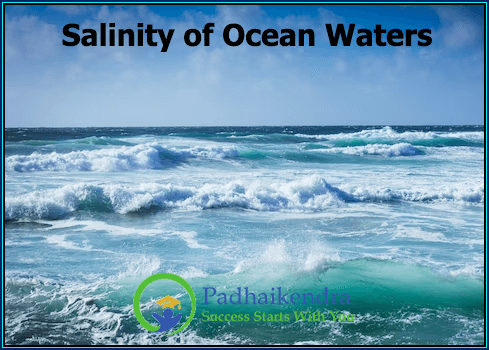The salinity of ocean water is a measure of the amount of dissolved salts and other minerals in the water. The average salinity of seawater is around 35 parts per thousand (ppt), which means that there are approximately 35 grams of dissolved salts per litre of seawater. However, the salinity of ocean water can vary depending on location, depth, and season.
The primary dissolved salts in seawater are sodium and chloride ions, which make up around 85% of the total salt content. Other dissolved salts and minerals include magnesium, calcium, and potassium. The salinity of ocean water can also be affected by the input of fresh water from rivers, precipitation, and melting sea ice.
The salinity of ocean water is an important factor in ocean circulation and the distribution of marine life. Differences in salinity can cause differences in water density, which can drive ocean currents and circulation patterns. For example, the North Atlantic Ocean is known for its “conveyor belt” circulation, in which warm, salty water from the tropics is carried northward and eventually sinks in the North Atlantic, creating a flow of colder, denser water southward.
The salinity of ocean water can also affect the distribution of marine organisms, as different species are adapted to specific salinity ranges. For example, some marine species are adapted to living in very salty water, such as in salt marshes or estuaries, while others can tolerate a wide range of salinities and are found in both freshwater and saltwater environments.
Changes in the salinity of ocean water can have significant impacts on ocean circulation and marine ecosystems. For example, changes in precipitation patterns or the melting of sea ice can affect the salinity of ocean water in certain regions, which can in turn affect the distribution of marine organisms and the intensity of ocean currents.





